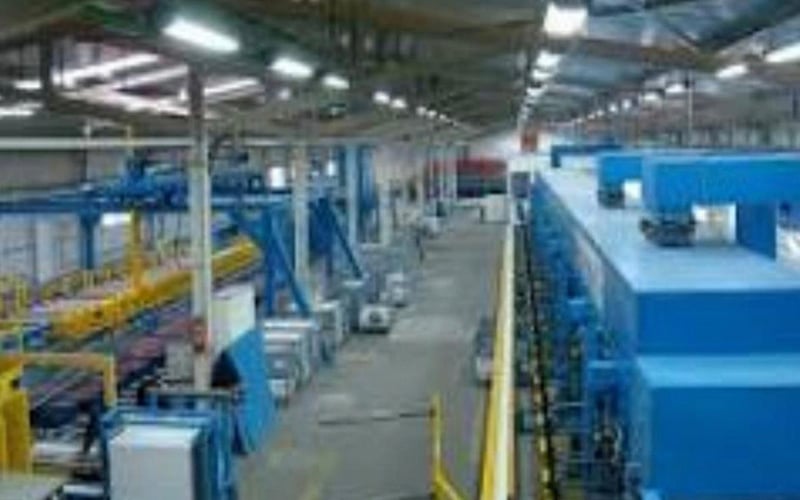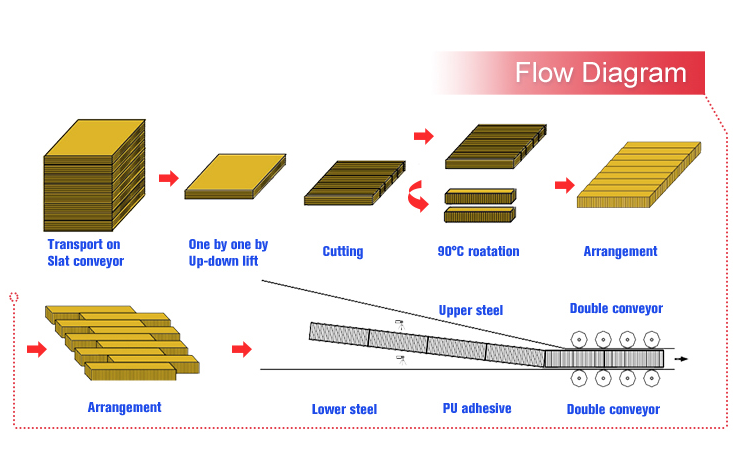Table of Contents

Introduction
When it comes to construction projects, sandwich panels have become increasingly popular due to their versatility and numerous benefits. Sandwich panels consist of two outer layers, known as facings, and a core material in between. These panels offer excellent insulation, durability, and ease of installation. However, with a wide variety of sandwich panels available in the market, choosing the right one can be a daunting task. In this article, we will guide you through the process of selecting the perfect sandwich panels for your construction needs.
Understanding the Core Material
The core material is a crucial component of sandwich panels as it determines their strength, thermal performance, and fire resistance. There are various core materials available, such as expanded polystyrene (EPS), polyurethane (PU), polyisocyanurate (PIR), and mineral wool. Each material has its own advantages and disadvantages, so it is important to consider factors such as insulation requirements, budget, and building regulations when choosing the core material for your sandwich panels.
Evaluating Thermal Performance
Thermal performance is a key consideration when choosing sandwich panels, especially if you are constructing a building that requires efficient insulation. The thermal conductivity of the panel's core material determines how well it can resist heat transfer. Look for sandwich panels with low thermal conductivity values for better insulation and energy efficiency.
Assessing Fire Resistance
Fire safety is a critical aspect of any construction project. When selecting sandwich panels, it is essential to consider their fire resistance properties. Look for panels that comply with fire safety regulations and have been tested according to industry standards. Panels with fire-resistant facings and non-combustible core materials offer better protection against fire hazards.
Considering Structural Strength
The structural strength of sandwich panels is crucial, especially for load-bearing applications. Evaluate the load-bearing capacity of the panels to ensure they can withstand the intended loads. Additionally, consider factors such as wind resistance, seismic resistance, and the overall structural stability of the building when choosing sandwich panels for your construction project.
Examining Moisture Resistance
Moisture resistance is an important factor to consider, particularly for projects in humid or coastal areas. Sandwich panels with proper moisture resistance properties prevent water vapor from penetrating the panels, reducing the risk of mold growth, corrosion, and structural damage. Look for panels with moisture-resistant facings and core materials to ensure the longevity and durability of your construction project.
Considering Aesthetic Appeal
While functionality is key, the aesthetic appeal of sandwich panels should not be overlooked. The outer facings of sandwich panels can be customized to match the desired architectural style and color scheme. Consider the visual impact of the panels and ensure they enhance the overall aesthetics of the building.
Assessing Installation Process
The ease of installation is an important consideration, especially if you have time constraints or a large-scale construction project. Look for sandwich panels that are lightweight, easy to handle, and come with a user-friendly installation system. Panels with interlocking mechanisms or tongue-and-groove joints simplify the installation process and reduce labor costs.
Evaluating Long-Term Maintenance
Consider the long-term maintenance requirements of the sandwich panels before making a decision. Panels that require minimal maintenance save time and costs in the future. Look for panels with durable facings that can withstand weathering, UV radiation, and other environmental factors without deteriorating.
Considering Environmental Impact
In today's world, environmental sustainability is a growing concern. Look for sandwich panels that are eco-friendly and have a low carbon footprint. Panels made from recycled materials or with high insulation properties can contribute to energy savings and help reduce the environmental impact of your construction project.

